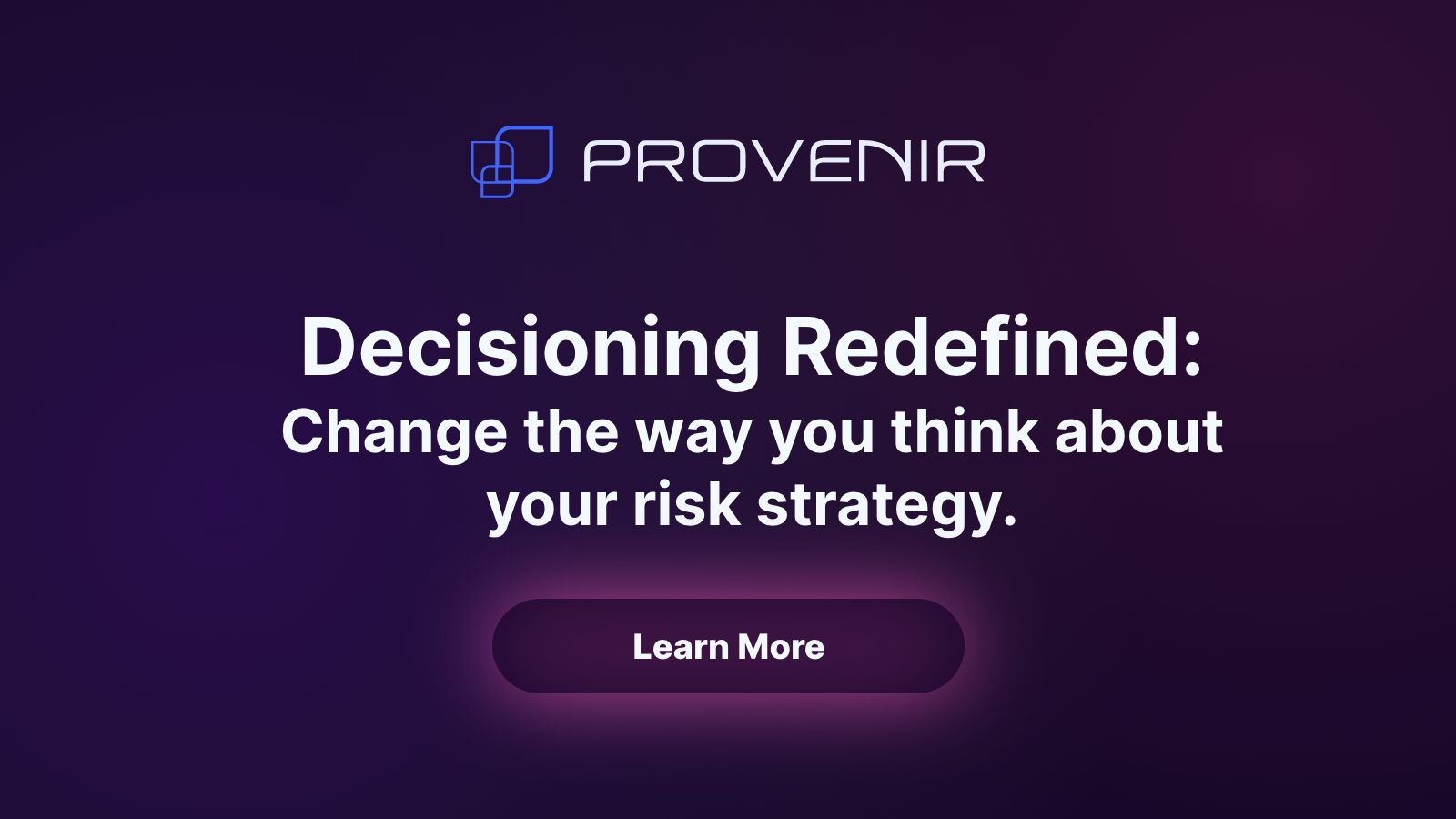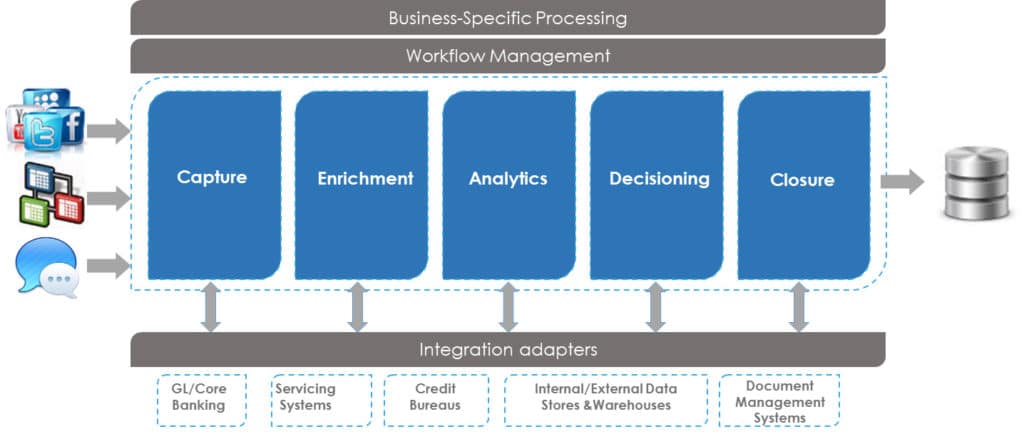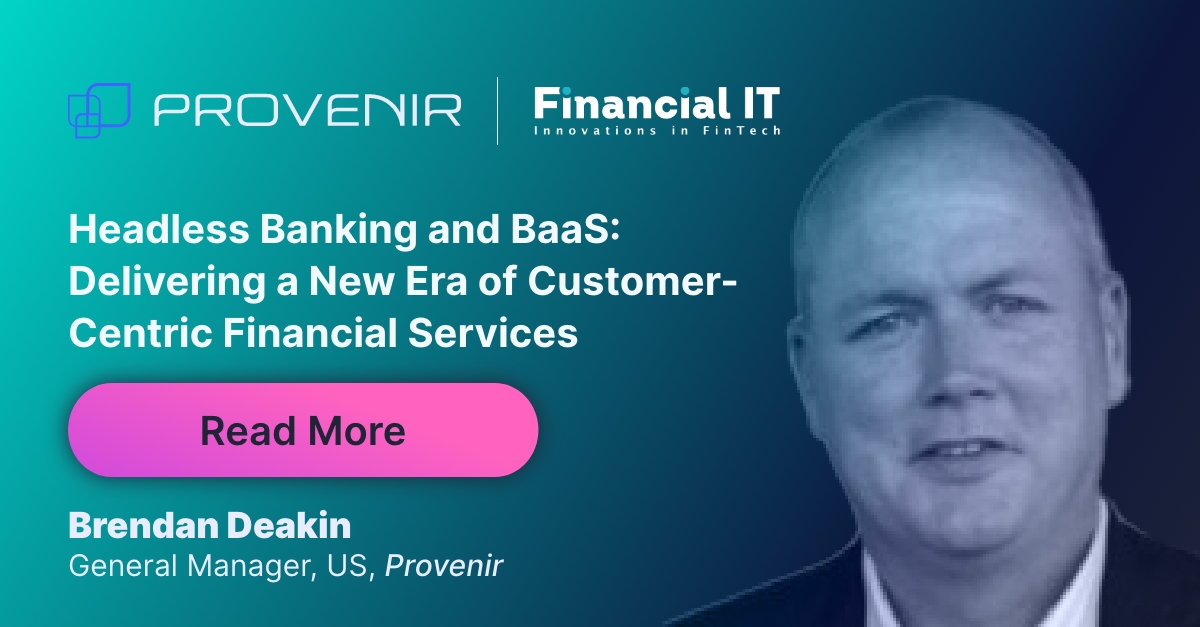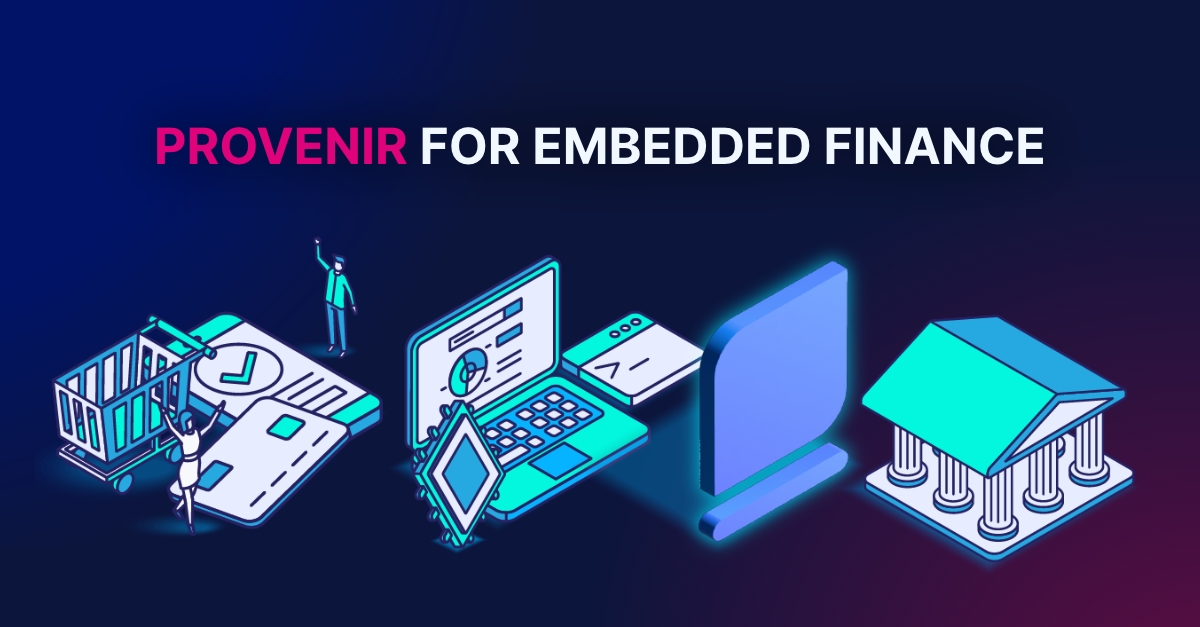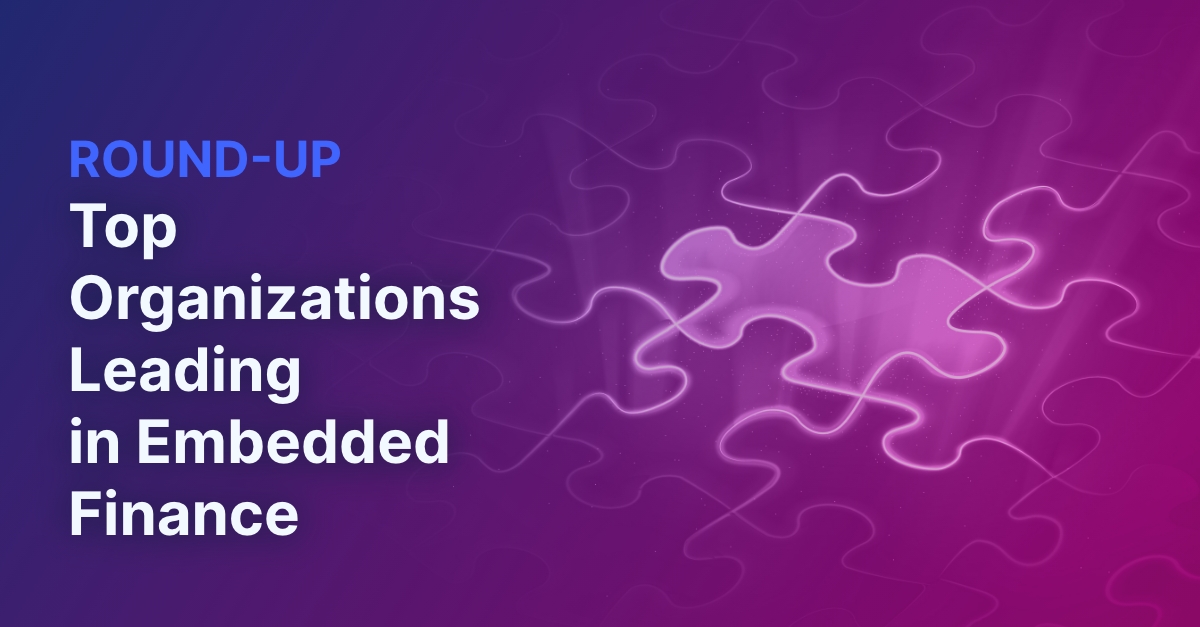The Americas
Brendan Deakin, Sales Executive – Northeast US Region
The industry saw three key areas of innovation during 2019:
- The launch of Open Banking/API driven access to financial services is driving up innovation of, and consumer access to, personalized banking services vs. a historical one-size fits all/product penetration focus by most banks.
- More and more established players are committed to the digital channel like never before. This is being done to fight the competition from new FinTechs, which continued to grow in number throughout the year.
- AI and Data Science are taking hold, banks are looking to leverage the massive amounts of data they generate through customer interactions, product utility, etc. This is actually creating a new paradigm in the market, where banks can look to reduce their reliance on 3rd party vendors like Credit Bureaus in the future by leveraging all of the “on us” data on consumers. This will help them build better cross-sell and up-sell opportunities for existing customers while also building acquisition strategies based on these massive data sets.
Dominic Schaffer, VP of Sales – US West Region
The US will look back on 2019 as a landmark year for alternative data! In their recent statement the Federal Reserve Board, the Consumer Financial Protection Bureau, the Federal Deposit Insurance Corporation, the Office of the Comptroller of the Currency, and the National Credit Union Administration, announced support for the use of alternative data in credit underwriting. In summary, the agencies said that alternative data can:
- Improve the speed and accuracy of credit decisions
- Help firms evaluate creditworthiness of people who might not be able to get credit in the traditional system
- Help users get better pricing & terms
With the use of alternative data greenlit, when used in compliance with existing rules, lenders can explore a huge range of data to drive smarter decisioning. We’ve also seen a big focus on cash flow analysis—basically analyzing a user’s income and expenses over a period of time to figure out the borrower’s capacity to repay a loan.
Julie Mannella, Director of Sales – Canada
With the Canadian economy being driven by the consumer-first mindset 2019 saw increased pressure for businesses to deliver world-class user experiences. Consumers are demanding that their financial institutions deliver a frictionless, convenient digital experience. They want single-platform engagement and easier access to the products and services, with rapid delivery and value delivered for their money. This is leading organizations to rely on their IT team to drive transformation and innovation in more ways than ever before, putting a strain on these business units to deliver.
Gaston Peralta, Director of Business Development – Latin America
2019 was a big year for financial services in Latin America with an increase in venture capital and investments from large financial institutions into FinTechs is a highlight. Capital investments in startups and FinTechs are surpassing the 3 billion USD mark in Latin America alone. This kind of capital has never been seen before according to Andre Maciel from Softbank, which manages a 5 billion USD investment fund dedicated solely to Latin America. Maciel also claims that they have their mindset on 300 additional capital contributions to Fintechs in LATAM, with 200 of those in Brazil.
The expansion of nontraditional lenders, in the form of marketplace lenders, replacing banks for previously underserved markets, was also a key shift in the industry. Lenders are exploring the inclusion of Social Media to create financial identities and data from alternative sources has replaced the use of traditional credit scores to extend credit options into sub-prime and thin file markets.
Europe
Chris Kneen, Regional Sales Manager – United Kingdom
Over the last 3 years, there has been a surge in new challenger banks entering the UK market, set up to disrupt the sector and compete with the incumbents. This growth has accelerated in 2019 with Monzo, Starling Bank, and Revolut gaining a higher volume of customers. Setting up an account has become simple, fast and frictionless with innovative use of video identity verification.
2019 has also seen a second wave of challenger banks that are challenging the first breed including Tide, Bunq, Monese, Curve and Tandem. Natwest has also launched its standalone brand Bo to compete in this segment. Increased competition is great for innovation, but whilst the new challenger banks are gaining customers in impressive volumes, there’s a question around how many are switching their primary accounts. Monzo has 3 million UK customers, out of which, 1 million customers have fully committed to using a primary account. This 1 in 3 ratio will be something Monzo will be looking to improve on in 2020. Figures announced recently also show that only 14% of Curve’s 500,000 customers are ‘active users’.
Marcus von Rahden, Regional Manager – Central and Eastern Europe
Throughout 2019, the Central and Eastern Europe market has been fast-moving, with lots of innovation across the finance sector. There’s been continued investment and expansion in larger Fintechs including Numbrs, N26, Wefox, and Adyen. We’ve seen comparison platform Check24 apply for a banking license, several new mobile-first consumer and SME lenders launch to market and open banking payments solutions developed following the introduction of the PSD2 regulations.
Inigo Rodriguez Navarro, Regional Sales Manager – Iberia
2019 has seen many banks and lenders working hard to boost innovation following the introduction of the PSD2 payment regulations. Although there have been delays in publication of the technical standards the new regulations created an opportunity for disruption. Institutions such as BBVA have been leading the way in Spain, partnering with new FinTechs to create disruptive models through open APIs and platforms. The transition period is set to continue throughout 2020 when further technical requirements are rolled-out.
The Spanish FinTech ecosystem is growing tremendously and the sector generates over 5,000 jobs, which is set to double in 2020. The emergence of ID Finance, Bnext, and Pagantis shows the growing strength and diversity of the market, alongside the established banks.
Patrick Radise, Senior Sales Executive – Nordics and Baltics
Many new FinTech and startups entered the lending market across the Nordics and Baltics in 2019. They compete with better speed, technology, and lower cost/overhead. Klarna and iZettle have been great examples of payment businesses that have scaled their models globally in a rapid timeframe.
The use of automation and AI/ML grew. Many, especially in the Baltics already have automated consumer loan processes with many aiming for a 95% automation rate for consumer products and a slightly lower percentage for the B2B segment. Most banks are already using machine learning technology for areas like Anti Money Laundering, Fraud, and Customer Relationship Management, and exploring its use in lending processes.
Finally, there’s been an increased focus on Green loans, which are increasingly attracting Millennials and environmentally conscious people.
Asia-Pacific
Tim Kerslake, Account Director – Australia and New Zealand
For Australia, the most significant event in 2019 was the delivery of the final report of the Royal Commission into Banking (Feb 2019) and the subsequent consequences. Following the report, two of the region’s major banks—National Australia Bank and Westpac—had senior leadership changes, we’ve seen increased vigilance from the regulators ASIC and APRA, and there’s an increased focus on responsible lending practices.
Australia and New Zealand saw the continued rise of the Buy Now Pay Later segment both in terms of growth of transactions/value as well as the number of entrants. This sector is led by AfterPay which has commenced a global expansion. We also saw an announcement by Klarna that they will launch in Australia and an investment by Commonwealth Bank into Klarna.
Patrick Tan, Regional Sales Director – Singapore
Overall in 2019, the banking sector has been playing catch up with FinTechs by either using their technologies or collaborating with them. Banks are also increasingly investing in startups, hoping to catch the latest technologies and keep them close by.
2019 also saw a huge rise in mobile digital transactions, which helped drive an increase in mobile payment apps that facilitate the transfer of funds for purchases. For example, digital and mobile payments make up 30% of the FinTech industry in Thailand.
The potential for FinTechs to disrupt financial services is tremendous. Banks, who are slow to market and heavily regulated by central banks, have struggled to grow adoption of bank services in the region with only 27% of the adult population owning a bank account. 2019 saw FinTech companies, who are nimble and less impeded by regulations, tap into this lack of access to financial services with Grab and other similar tech companies venturing into the digital payments sector.
